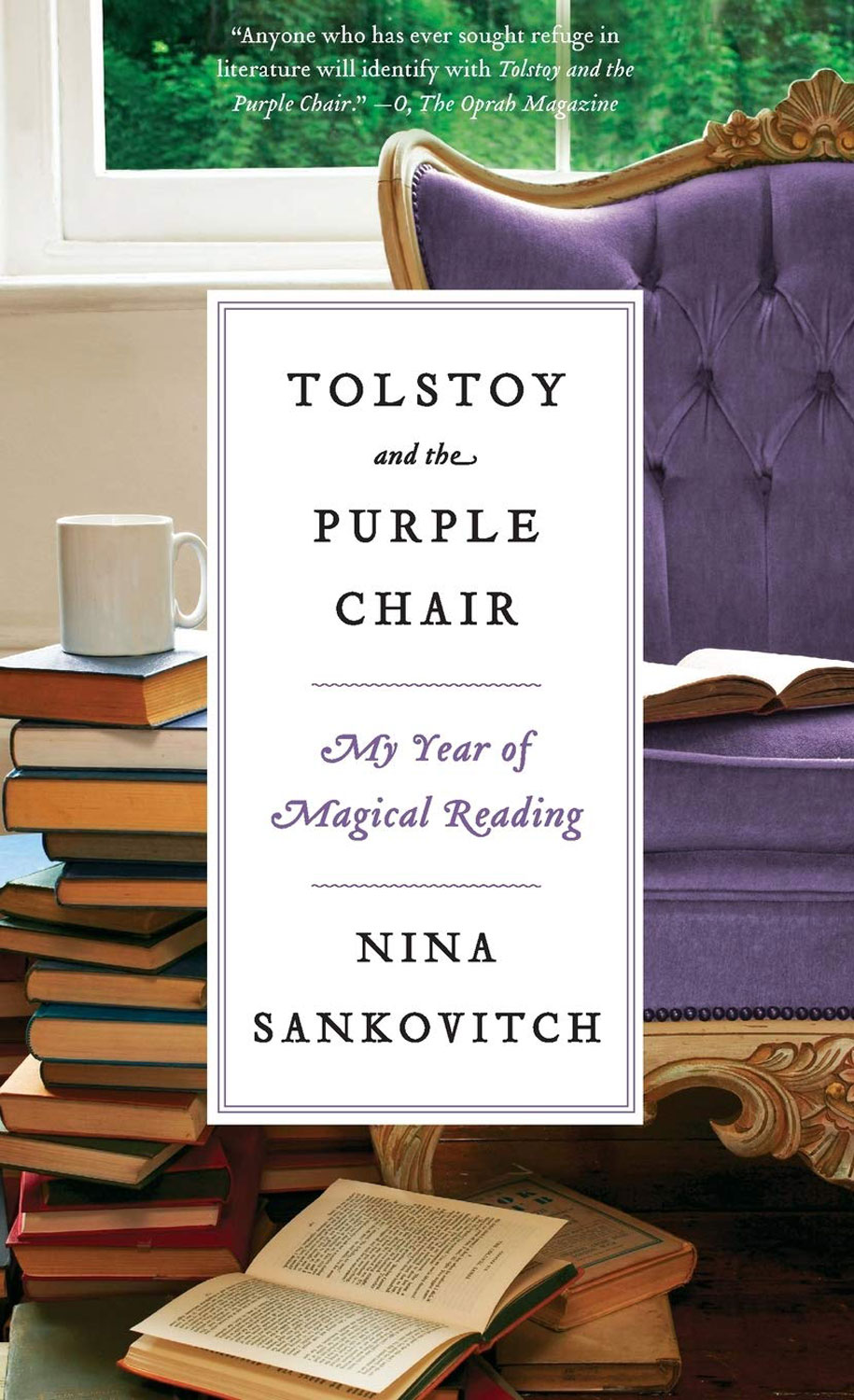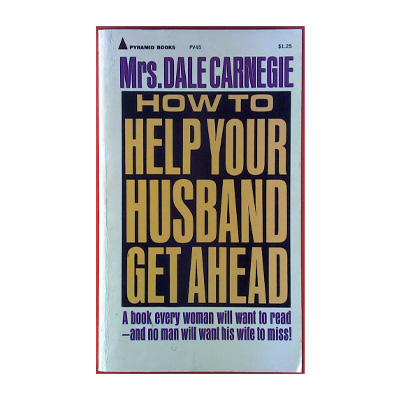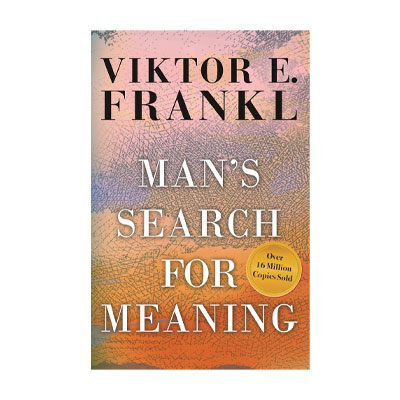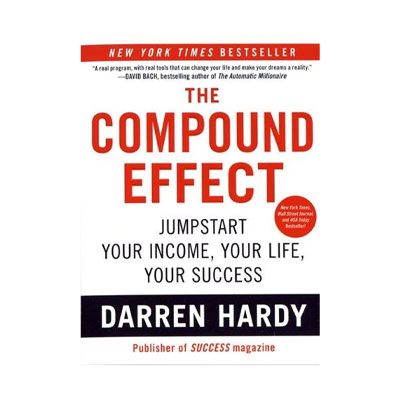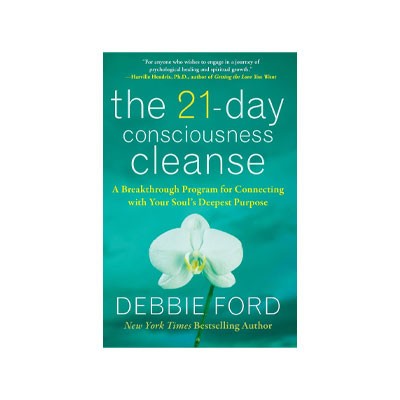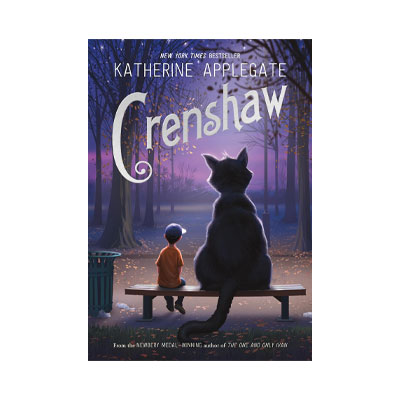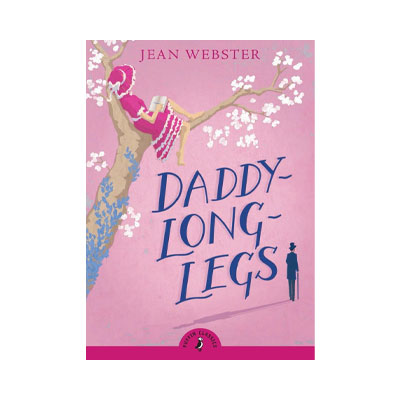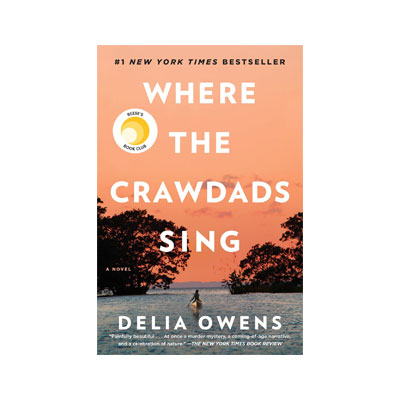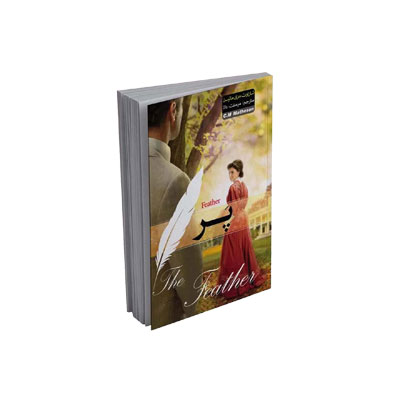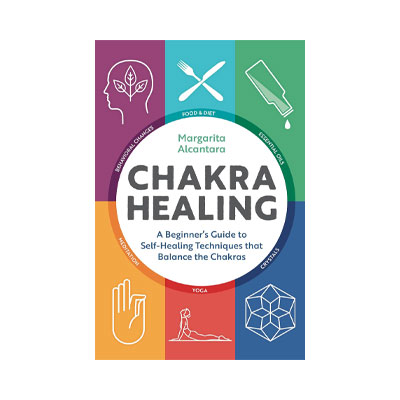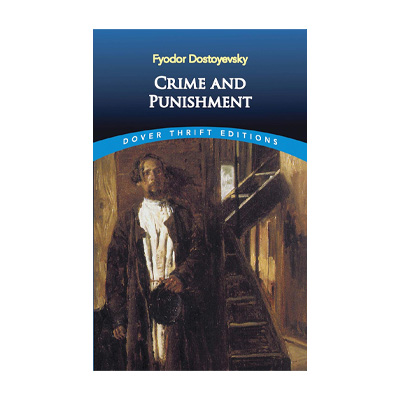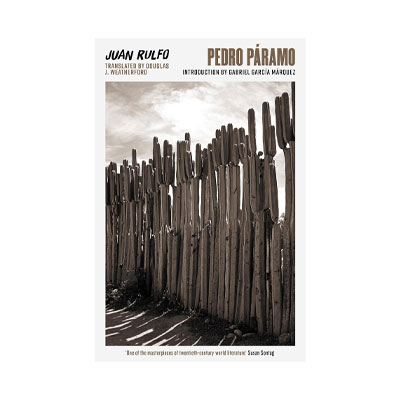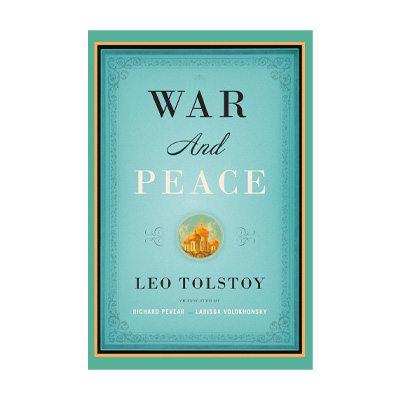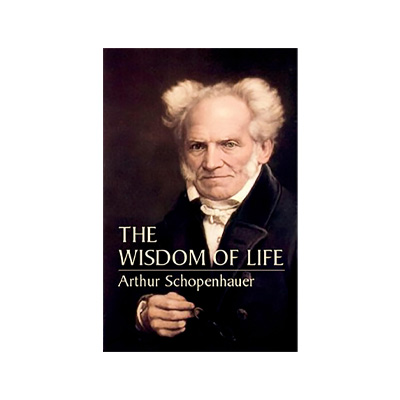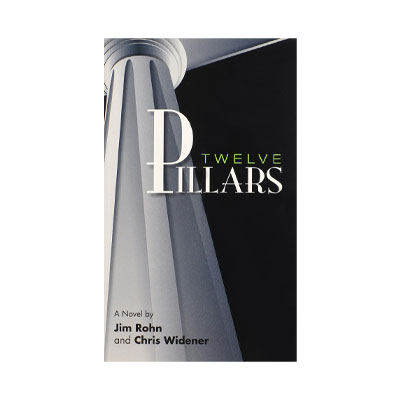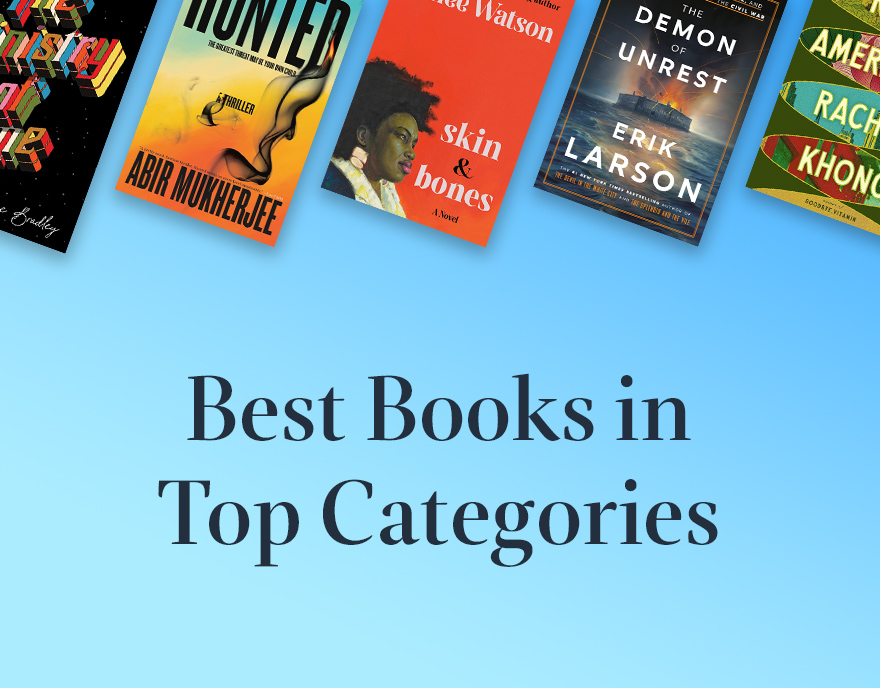Book Summary
Nina Sankovitch, after experiencing a profound grief, writes a book titled "Tolstoy and the Purple chair" to recount the days when despair and hope confronted her, and life lost its ordinary atmosphere. This book, which was listed among the 20 best books by Goodreads in 2011, can be considered one of the best works in the realm of personal memoirs or, in other words, an autobiography. The initial part of Sankovitch's work deals with the early days of losing a loved one, making it a read that can resonate deeply with an audience experiencing significant sorrow.
The author reflects on the last days of her sister Anne-Marie, depicting her moments in the hospital and the suffering she endured. Returning to the happy days of the past, especially with her beloved sister as a constant companion, seemed impossible; however, there were certainly strategies to address this issue. Nina aimed to find a solution that would allow her to reclaim as much of her and her sister's life as possible. Ultimately, she chose to live among books and promised herself that for a year, she would dedicate time each day to reading without any interruptions.
Although it seems challenging in modern life to adhere strictly to such a commitment, Nina was determined not to miss even a single day. In her next step, she decided to gather what she learned from various books and present it as an educational guide for others, so they could use it as a strong antidote in different situations, including the loss of loved ones. In this book, she explains why and how she wants to help people remember their good past memories while simultaneously continuing their lives without letting despair take hold.
About the Author
Nina Sankovitch is an American author born in Illinois, USA. She is recognized as a bestselling writer and has collaborated with "The New York Times", "Los Angeles Times", "Vogue", "Huffington Post", and other media outlets. Her other works include "American Rebels", "Signed, Sealed, Delivered", and she is also the founder of the website "Read a Book Every Day."
Who Should Read the Book?
Tolstoy and the Purple chair is initially recommended for those who have always sought to establish a deep connection with books and then for those who carry a heavy heart due to life's events and are trying to heal from them.
Table of Contents
Tolstoy and the Purple chair is structured into 20 short and long chapters following an introduction, based on what Nina Sankovitch envisioned. Some chapter titles include: Crossing the Bridge, Searching for Stars, Where Warmth Was Found, The Wisdom of Mystery Novels, and The Purpose of Kindness.
Book Quotes
Forgiveness is a noble form of acceptance—accepting that life is not fair.
There are friends who, out of fear of losing their treasure of books forever, never lend them out. Following Henry Miller's advice, I have always been one to lend books: books, like money, should always be in circulation. As much as possible, lend and borrow both books and money, especially books. Books have much more to offer than money. A book is not just a friend; it can bring you many friends. When you possess a book with your mind and spirit, you are wealthy, but when you give it to someone else, you are three times wealthier.
For years, books were like a window for me through which I observed how others faced life—their sorrows and joys, their boredom and frustrations. Now, once again, I will look through that window for empathy, guidance, companionship, and experience. Books will grant me these and even more.
This was the first terrifying aspect of losing Anne-Marie: she had lost herself; she had lost life and its wonders, its limitless possibilities.
Since the day Anne-Marie passed away, I started a race—a race to escape death.
Throughout my life, I have used books for awareness, to help free myself from distress, and as an escape.
If the phone rang, I would answer it. The caller would ask, "Are you busy?" Yes, I’m working. Sitting on the couch with my cats beside me, I was reading a really good book. That was my job this year, and it was a good one. There was no income involved, but its satisfaction was daily and profound.
Every moment experienced in life can shape the future. The present stems from the past; good things that happened in the past will happen again. Beautiful moments, light, and joy are always alive.
When I decided to read a book every day and write about it, I finally stopped running. I sat down, still and motionless, and began to read. I read every day, devoured books, thought about them, considered their authors, characters, and endings. I immersed myself in the world that the authors had created and witnessed new paths and the twists of life. I discovered tools of humor, empathy, and connection. Through my reading, I reached the essence of understanding.
People often talk about the importance of living in the present moment and envy children who enjoy their happy moments without thinking about the past or worrying about the future. I agree. But it is our lived experiences that allow us to remember joyful moments and feel happiness again. This is our ability to relive a moment that gives us strength and power. Our survival depends on our ability to remember, but our salvation from our inner selves depends on memories.
The whole world should tremble for every death; however, if that were the case, we could never see the color of peace. In fact, the world trembles with death and sorrow.
Words are witnesses to life; they record what has happened and give it all a hue of reality. Words create stories that become history and endure. Even stories reflect truth. A good story is truth—stories about lives remembered that remind us of the past while helping us move forward.
The existence of someone ordinary is a blessing; having them without thinking about losing them or never seeing them again is a blessing.
Has your heart ever ached because a book ended? Have you ever found that long after finishing a book, its author still whispered in your ear?
Perhaps love is just that: taming desire and turning it into something solid and permanent.
We are irreplaceable; we are unique based on how we are loved.
A shared book is like escaping with a companion.
Where there are memories, emptiness has no meaning. When I die, someone will remember me and bring me back.
It is the expression of love that keeps us warm even in the last days of winter.
There is always a solution to despair: it is the promise of beauties waiting for us in the future.
